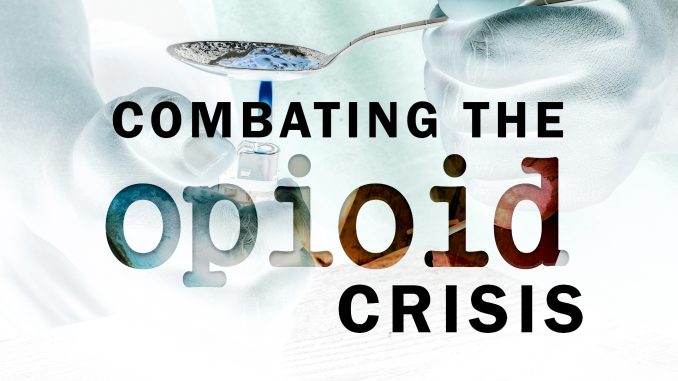
Introduction
The opioid crisis is an ongoing public health emergency that has gripped the United States and many other parts of the world. It is a multifaceted problem that affects individuals, families, and communities, with devastating consequences. In this article, we will delve into the opioid crisis, its origins, and the strategies being employed to combat addiction and save lives.
Understanding the Opioid Crisis
The Origins of the Crisis
The opioid crisis can be traced back to the late 1990s when pharmaceutical companies began aggressively marketing prescription painkillers, such as OxyContin and Vicodin, as safe and non-addictive. As a result, healthcare providers began prescribing opioids at an alarming rate to manage patients’ pain, leading to widespread opioid use and misuse.
Escalation of Opioid Use
The rapid escalation of opioid use led to a surge in addiction rates. As prescription opioids became harder to obtain and more expensive, many individuals turned to cheaper and more readily available alternatives like heroin and illicitly manufactured synthetic opioids such as fentanyl.
The Toll on Communities
The opioid crisis has had a profound impact on communities across the nation. The loss of life due to opioid overdoses has been staggering, with tens of thousands of deaths occurring annually. Moreover, the crisis has strained healthcare systems, overwhelmed first responders, and contributed to a rise in crime and social instability.
Combatting Opioid Addiction
Increased Access to Treatment
Recognizing the urgent need for action, numerous initiatives have been launched to expand access to addiction treatment. Medication-assisted treatment (MAT), which combines medications like buprenorphine and methadone with counseling and therapy, has proven to be effective in helping individuals overcome opioid addiction.
Harm Reduction Programs
Harm reduction programs, such as syringe exchange programs and supervised injection sites, aim to reduce the negative consequences of drug use while providing individuals with resources and support to eventually seek treatment.
Public Education and Prevention
Prevention efforts have become a critical component of the response to the opioid crisis. Public education campaigns seek to raise awareness about the dangers of opioids, prescription drug misuse, and the importance of responsible prescribing practices.
Law Enforcement and Regulation
Law enforcement agencies have cracked down on illegal opioid trafficking, particularly synthetic opioids like fentanyl. Additionally, there has been a push for more stringent regulation of prescription opioids to curb over-prescribing and diversion.
Compassion and Support
Understanding that addiction is a complex medical condition, there has been a shift towards viewing individuals with opioid use disorder with compassion rather than stigmatization. Peer support groups and community-based organizations play a vital role in providing emotional and practical support to those in recovery.
Conclusion
The opioid crisis is a complex and devastating issue that has taken a heavy toll on individuals and communities. However, there is hope in the form of multifaceted strategies aimed at combatting addiction. By increasing access to treatment, implementing harm reduction programs, educating the public, regulating prescription practices, and fostering compassion and support, we can work towards overcoming this crisis and helping those affected by opioid addiction rebuild their lives. It is a long and challenging journey, but with continued dedication and collaboration, we can make progress in reversing the opioid epidemic and saving lives.